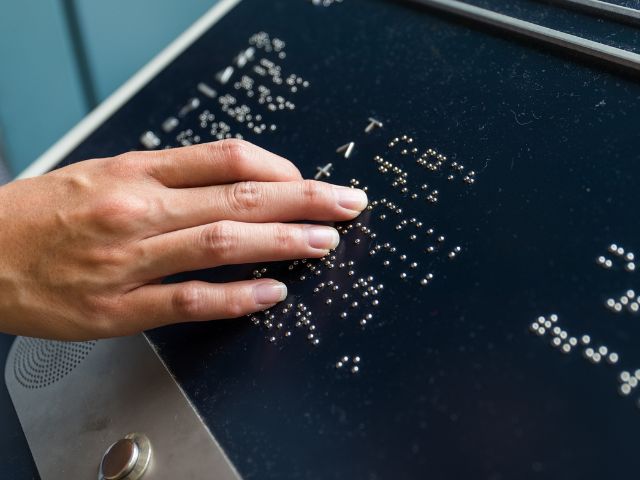3 Ways To Use Braille Signs in Outdoor Spaces
In a world where inclusivity and accessibility are becoming pivotal in public spaces, the inclusion of braille signs is not just a best practice but a moral imperative. Braille signs provide tactile communication for people with blindness or severe visual impairment, ensuring they can easily access and read critical information. However, the installation of braille signs is just the first step, which is why it’s equally essential to strategize their placement and messaging to be as effective as possible.
For the purposes of this post, we’re only interested in how to incorporate braille into outdoor spaces in a meaningful and practical way. Whether it’s a sprawling park, a bustling city square, or the entrance to a corporate building, outdoor applications of braille signage will not only enhance the space but also demonstrate a commitment to inclusivity.
Navigational Braille in Complex Areas
For those with visual impairments, navigating a large and potentially confusing outdoor environment can be overwhelming. This is where navigational braille signage becomes a beacon of independence. In such areas, braille should be concise and provide clear directions.
Think about strategically placed braille signage at crossroads within a park, guidance to specific locations, or instructions at points of departure. It’s especially important to have ADA braille bathroom signs that indicate the location of outdoor restrooms in these areas. Regardless of application, the use of braille in this context not only empowers individuals to move freely but also serves as a tool for safety, confidence, and autonomy.
Braille Signage for Educational and Informational Spaces
Outdoor educational spaces, such as botanical gardens or historical sites, celebrate learning and exploration. Yet, these experiences can be limited for those with visual impairments if information is inaccessible.
Braille signs that offer detailed descriptions and historical context adjacent to visual displays can transform the experience. By bringing these narratives to life through touch, braille enables a more immersive and educational interaction with the space, fostering a sense of community and shared experience through knowledge that everyone can engage with.
Braille in Emergency and Risk Mitigation
In times of emergency, every second counts, which is why clear communication is critical. Braille signage near emergency exits, on hazard warnings, and alongside safety information can save lives. It ensures those with visual impairments are equipped with the same first-hand information, allowing them to act swiftly and decisively.
Using braille signs outdoors for risk mitigation is a method of communication that stands as a reliable and consistent resource and transcends potential language barriers or augmentation errors in audio systems, making it an indispensable element in ensuring comprehensive safety measures.





Comments
Post a Comment